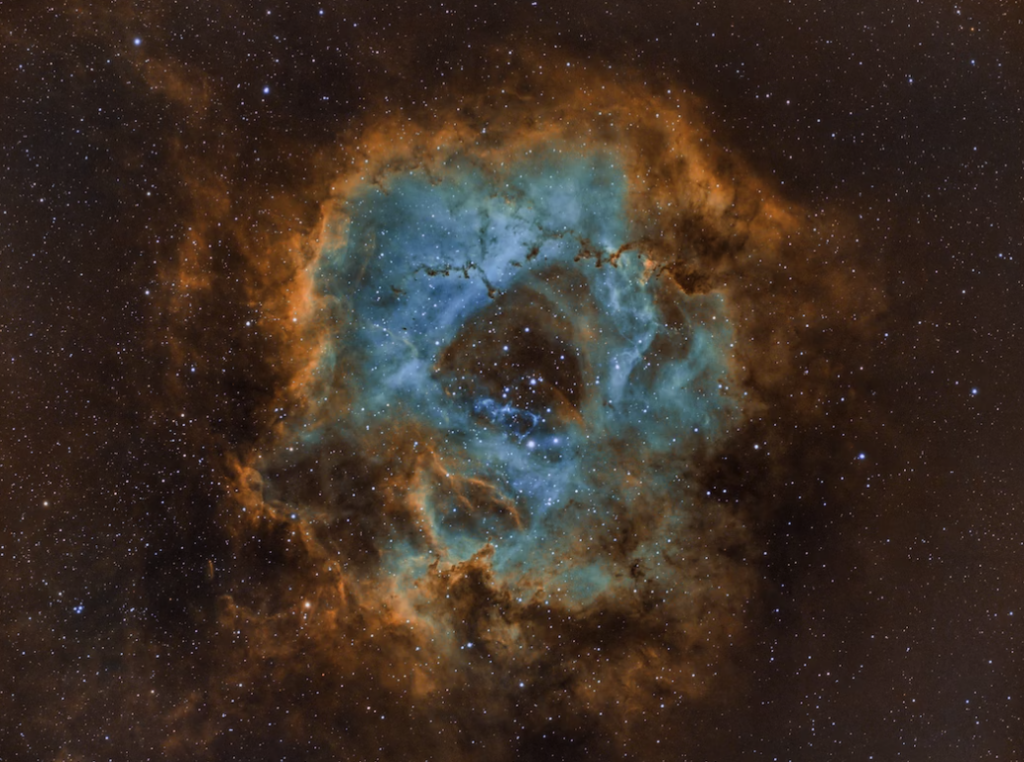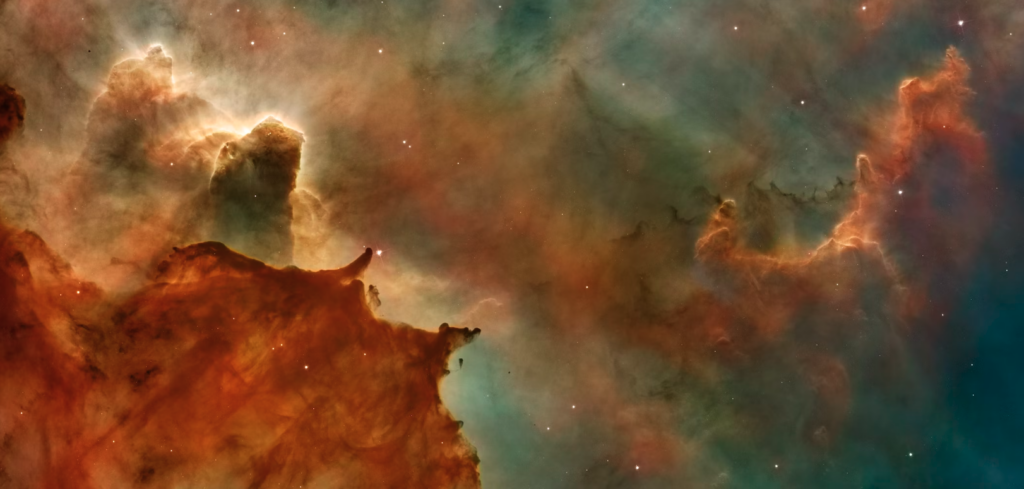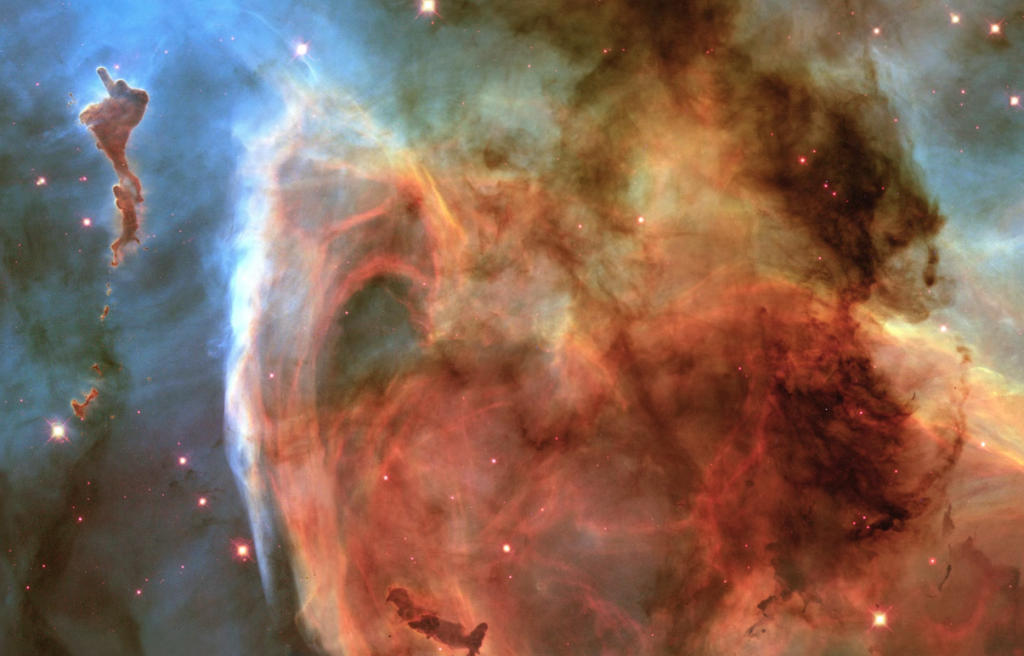What is the Coldest Place in the Universe?
We know that Uranus is the coldest planet in the Solar System, existing at a frigid minus 371 degrees Fahrenheit. Have you ever wondered what the coldest place in the universe is?

It’s well-known that there is a lower temperature limit: absolute zero. At absolute zero (minus 459 degrees Fahrenheit), all of the atomic and subatomic particles stop moving. Temperature measures the kinetic energy of matter. Namely, temperature describes how fast the atomic and subatomic particles in matter are moving. The faster they move, the higher the temperature. When they completely stop moving, they have zero kinetic energy and have reached absolute zero.
If there is no matter, there is no temperature. Thus, a complete vacuum has no temperature. It is neither cold nor hot. Deep space is not a complete vacuum; it has a tiny amount of matter in it that was created and heated by the Big Bang. Space has a temperature of minus 455 degrees Fahrenheit, which is clearly above absolute zero.

Boomerang Nebula: The Coldest Place in the Universe
The coldest place in the universe that anyone has observed so far is the Boomerang Nebula, which is about 5000 light years away from the Earth. Part of the Boomerang Nebula is estimated to be a frigid minus 457 degrees Fahrenheit, actually cooler than deep space and barely above absolute zero. The Boomerang Nebula is believed to be a dying star system. The star is spraying solar winds carrying mass and starlight out into space, where it rapidly expands and the particles push against the particles present in deep space, transferring some of their kinetic energy and causing the area around the dying star to cool below the background temperature of deep space.

Thus, while Uranus may be the coldest planet in the Solar System, it is not the coldest place in the universe and it’s a lot warmer than deep space and significantly warmer than the Boomerang Nebula.
